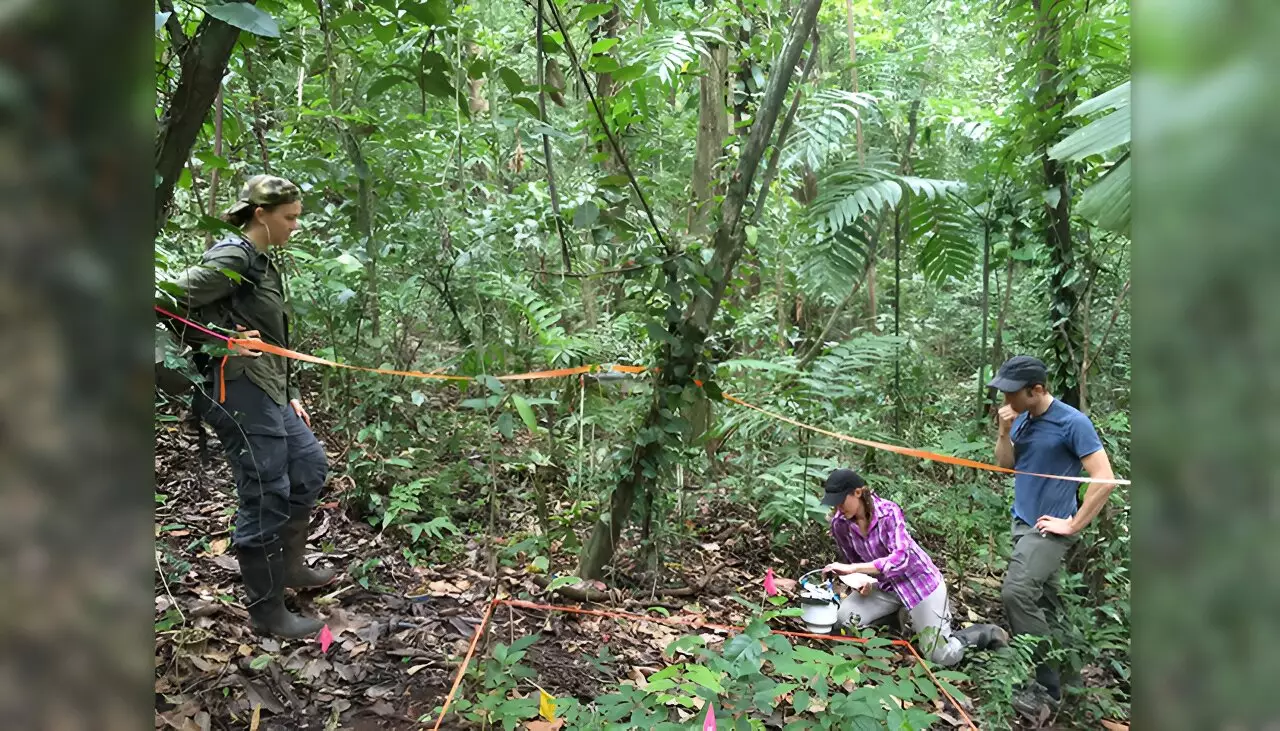Tropical forests play a crucial role in the global carbon cycle, serving as a significant carbon sink. However, the effects of climate change on these ecosystems are becoming increasingly concerning. Recent research conducted by the Lawrence Livermore National Laboratory (LLNL) in collaboration with Colorado State University and the Smithsonian Tropical Research Institute has shed light on how warming and drying of tropical forest soils can impact soil carbon vulnerability.
The study published in Nature reveals that the warming and drying of tropical forest soils may increase the vulnerability of soil carbon. Specifically, the research indicates that these environmental changes can lead to the degradation of older carbon in the soil, affecting carbon storage in tropical forests. Lead author of the paper, LLNL scientist Karis McFarlane, highlights the potential consequences of accelerated soil carbon losses under climate change scenarios.
Implications for Tropical Forests
Tropical forests are known for their significant exchange of CO2 with the atmosphere and their storage of global soil carbon stocks. With a short mean residence time for carbon, any alterations in carbon inputs and outputs can have rapid consequences for the carbon balance in tropical ecosystems. The study warns that both warming and drying trends could intensify soil carbon losses, impacting the overall carbon-climate feedback in tropical forests.
Climate projections suggest that tropical regions will experience both warmer and drier conditions in the future, with increased drought intensity and dry season length. This is particularly concerning for the Neotropics, including the vast Amazon rainforest. The study conducted in Panama during climate manipulation experiments demonstrates that a 4°C soil temperature increase and a 50% reduction in rainfall can alter the age of carbon released from the soil.
The research highlights that the mechanisms underlying carbon release differ between warming and drying conditions. Warming accelerates the decomposition of older carbon, leading to increased CO2 emissions depleting newer carbon. On the other hand, drying suppresses the decomposition of fresher carbon inputs, increasing the contributions of older carbon to CO2 release. Understanding these mechanisms is crucial for predicting the impact of climate change on soil carbon in tropical forests.
Carbon Isotope Analysis
By measuring carbon-14 and carbon-13 isotopes of soil-respired CO2, the researchers were able to determine the impact of warming and drying on the age and amount of carbon released from the soil. The use of carbon isotopes provides insights into the sources and age of the carbon being metabolized and released as CO2. The study conducted in lowland tropical forest areas in Panama reveals how soil warming and drying can influence the carbon balance of ecosystems.
The research conducted by LLNL scientists and their collaborators sheds light on the vulnerability of tropical forest soil carbon to climate change. The findings emphasize the need to consider the complex interactions between warming, drying, and soil carbon dynamics in tropical ecosystems. Addressing the challenges posed by climate change in these vital ecosystems is crucial for maintaining global carbon balance and mitigating the impacts of climate change.


Leave a Reply